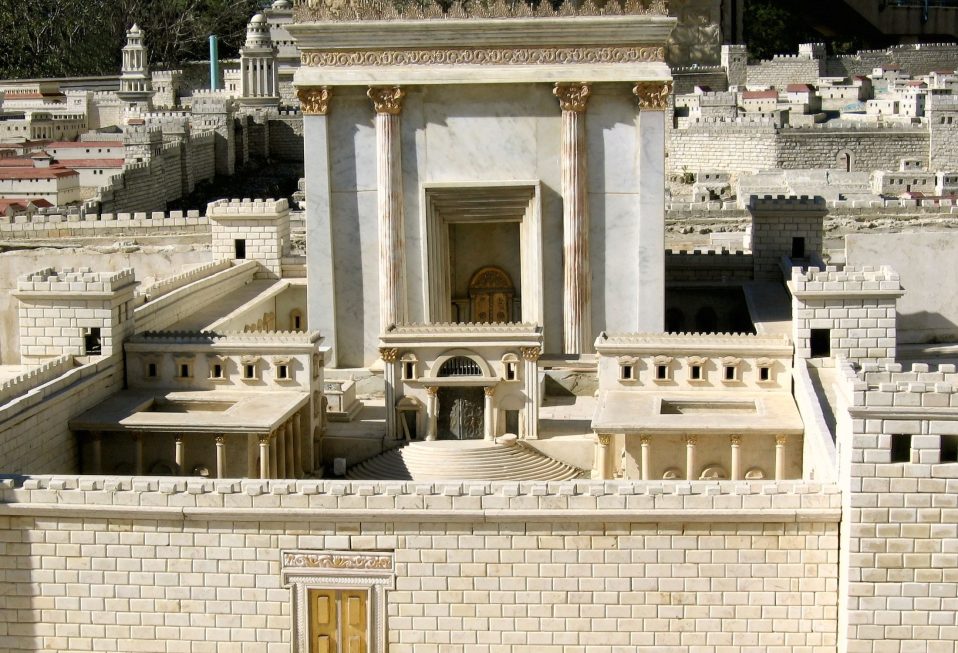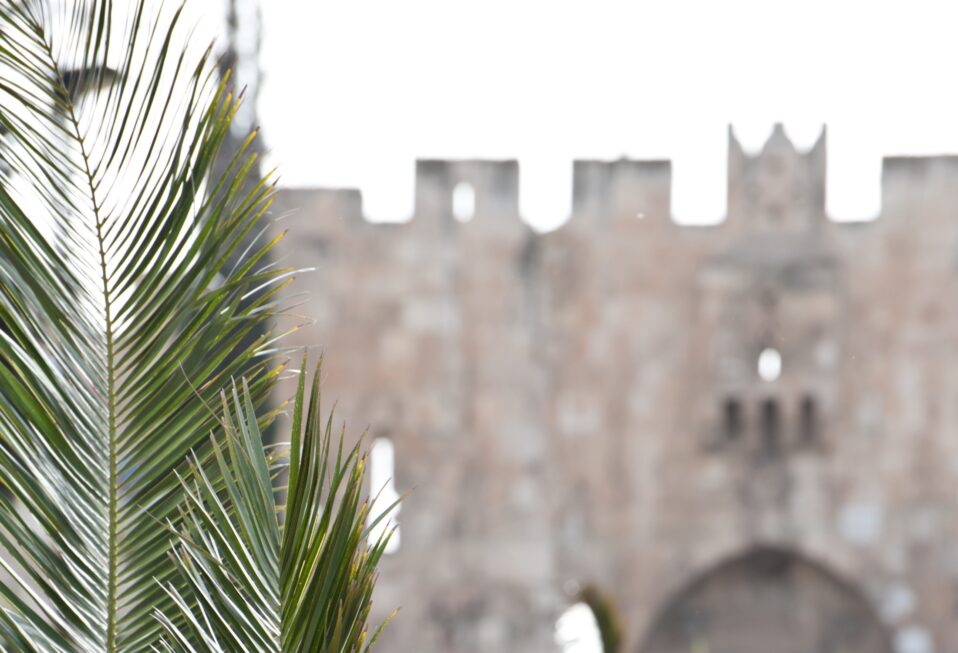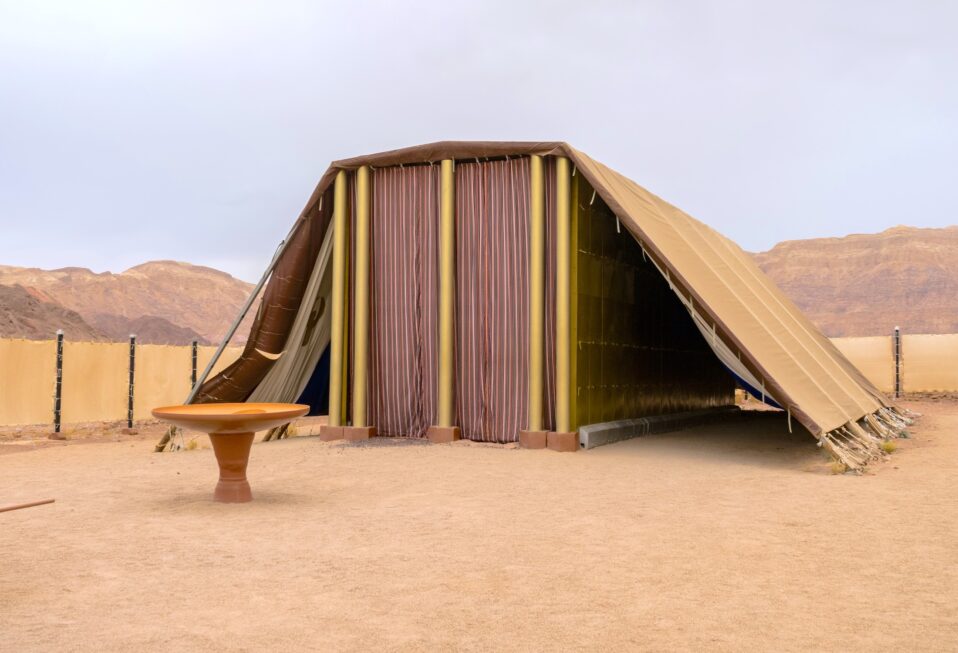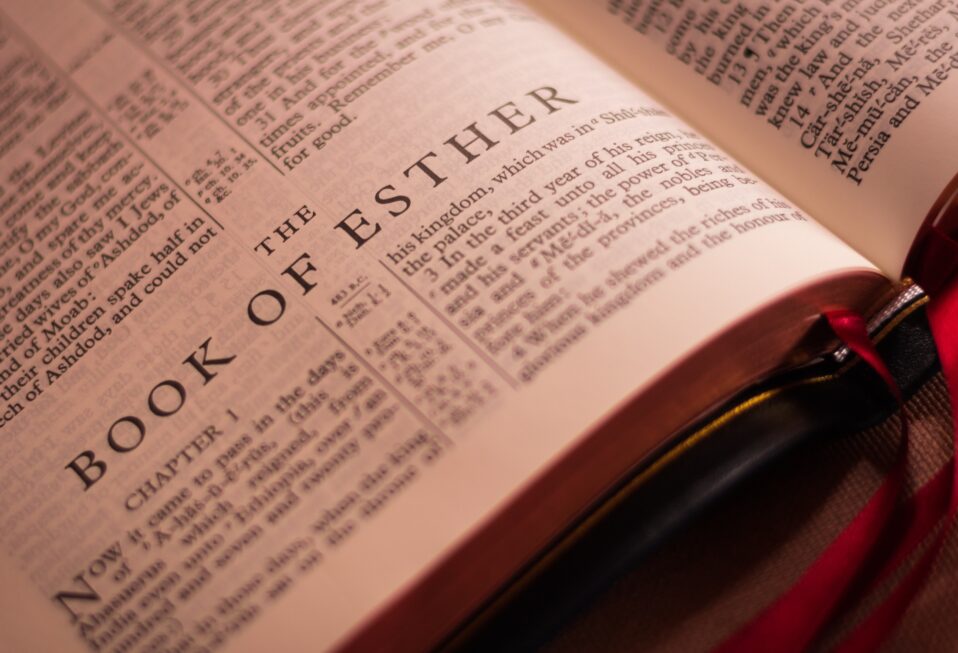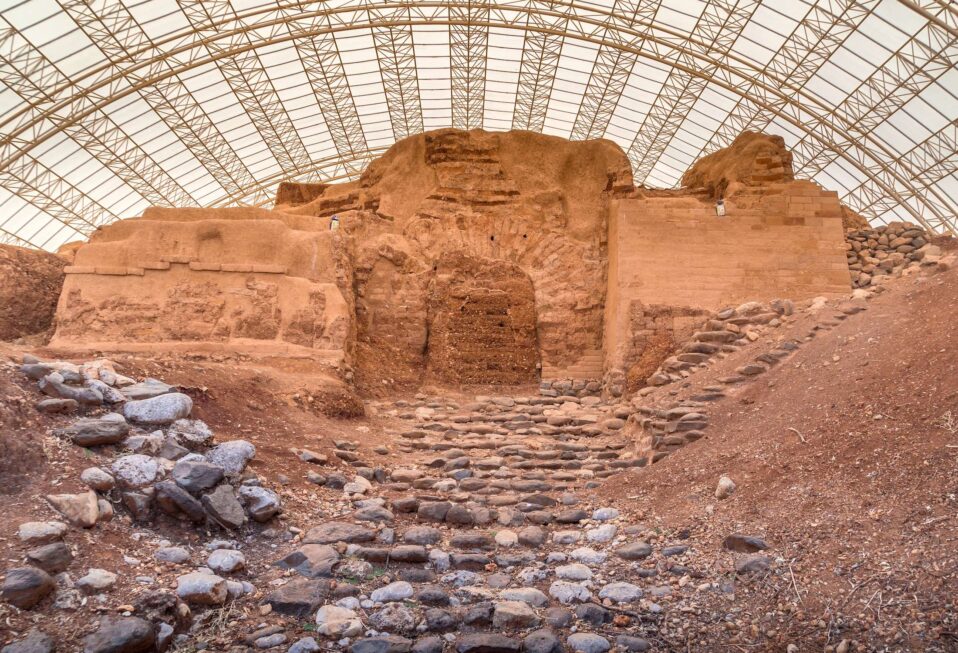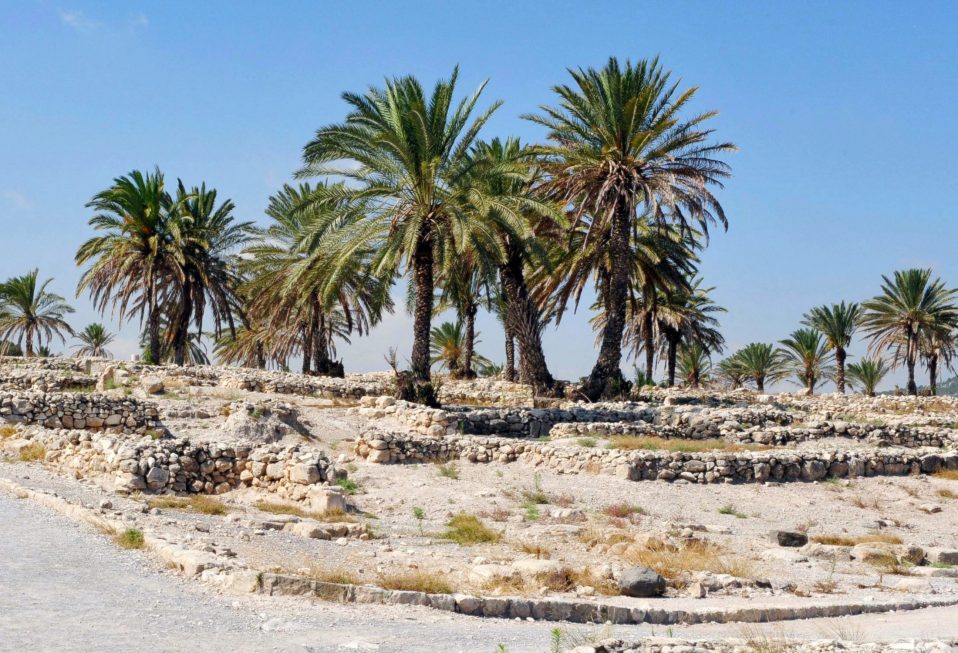By Arlene Bridges Samuels
Queen Esther is beloved in the pages of biblical history. Her story reflects how one ordinary person responded to God’s call—and how her courage and obedience resulted in an extraordinary rescue of her Jewish community during King Ahasuerus’ reign (486–465 B.C.). God used an ancient beauty contest to save His chosen people, and for centuries the Jewish community worldwide has annually celebrated Purim, which commemorates the saving of the Jews from their Persian conquerors. Beginning at sunset today, February 25, the two-day celebration is a joyous one where the sacred and secular coexist, with solemn Scripture reading and exuberant parties.
Purim begins after a day of fasting. The sacred Scripture, the entire book of Esther, is read in synagogues. (It’s also called the Megillah Scroll, which Esther herself asked scribes to write by hand on parchment.) Then the secular kicks in as parties get underway. In Israel, it’s not a day off, but fanciful costumes are worn to schools and offices. Adults and children alike dress in an amazing array of costumes, a tradition dating back to the Middle Ages. Their traditions also include giving gifts to friends and the poor and, of course having a feast. The meals include a special cookie-like dessert called hamantaschen, which is fashioned in the shape of a three-cornered hat. When the book of Esther is read, noisemakers called graggers are wildly rattled every time the evil Haman’s name is mentioned.
Persia is the nation of Iran today. However, in Esther’s day the Persian Empire was the largest ever, stretching across three continents: Europe, Africa, and Asia. Estimates suggest a population of 50 million—44 percent of the world’s population. While the numbers are lost to antiquity, some scholars estimate that Jews comprised 20 percent of the population.
Four main characters fill the book of Esther: the Persian King Ahasuerus (Xerxes in Greek); Haman, the King’s minister; Mordecai, a Jew; and Queen Esther (Persian for “star” or Hadassah in Hebrew). Esther’s name is fitting for a woman who rises to such prominence. And it is clear that Esther, although an orphan in Jewish exile during the Diaspora—truly shone in her day. Interestingly, none of Esther’s 10 chapters mentions God’s name, yet His fingerprints are an indelible part of her story.
Esther steps onto the runway of history when the King decides to hold an ancient beauty contest to replace the disobedient Queen Vashti. The queen had displeased him for refusing to appear one evening during his six-month-long banquet extravaganza held for the princes and nobles of his empire. He angrily dismissed her and sent his messengers to search the empire for a replacement.
Esther is chosen to participate. Imagine for a moment: Esther has been living quietly, in relative obscurity, under the protection of her cousin Mordecai, who adopted her when her parents died. Yet she is about to be thrust into the spotlight.
Described as quite beautiful, Esther is chosen for the beauty contest held in Susa, one of the King’s capitals. The story heats up after the King chooses Esther as his new Queen. Then Mordecai overhears the deadly plot of Haman—a wealthy high official in the King’s court—to kill all Jews. Previously, the two men had had an encounter where Mordecai refused to bow to Haman—which was against the king’s command. As a result, a fire of hatred lit in Haman against the Jews as a whole.
Haman persuaded the King to issue an edict to kill the Jews. His anti-Semitism showed in full force in Esther 3:8: “There is a certain people, scattered and dispersed among the other peoples in all the provinces of your realm, whose laws are different from those of any other people and who do not obey the king’s laws; and it is not in Your Majesty’s interest to tolerate them.” Ahasuerus sent soldiers to carry out the death sentences while Mordecai hastened to tell his well-placed cousin the dreadful news. He asked a reluctant Esther to appeal to the King.
Esther’s first response was fear. We can easily assume that when Esther instructed Mordecai to ask all the Jews to fast along with her, their prayers resulted in God giving her courage and the right strategy to lobby the King.
Through Mordecai, we hear God’s words spoken in Esther 4:14: “For if you remain silent at this time, relief and deliverance for the Jews will arise from another place, but you and your father’s family will perish. And who knows but that you have come to your royal position for such a time as this?”
In the following verse, a transformed queen agrees to Mordecai’s request and says, “If I perish, I perish.”
Haman was already building 75-foot-tall gallows to execute Mordecai. In the meantime, God was working out His rescue plans behind the scenes, making sure the King learned about Mordecai—that, in the past, Mordecai had informed the King’s guards about a plot to assassinate Ahasuerus. The King decided to honor the informant and called Haman in, asking, “What should be done for the man the king delights to honor?” Of course, Haman thought, “It’s me.”
Haman advised the King to clothe the man in royal robes, seat him on a horse, and lead him through the streets with shouts from adoring crowds. Imagine Haman’s shock and humiliation when he learned the King meant Mordecai. And to make Haman’s mortification worse, the King asked him to lead Mordecai’s horse through the streets.
Part of Queen Esther’s strategy involved taking the risk of going to the King without being invited to do so—a risk that could mean death. But Ahasuerus received her warmly, asking what she wished. She requested a banquet where Haman would be a guest. The King made it clear that he would grant Esther her heart’s desire. Queen Esther answered, “If I have found favor with you, Your Majesty, and if it pleases you, grant me my life—this is my petition. And spare my people—this is my request. For I and my people have been sold to be destroyed, killed and annihilated” (Esther 7:3-4). Esther identified Haman as the perpetrator.
King Ahasuerus left the banquet to order his soldiers to act. At this point, Haman accosted the Queen, begging for mercy. Ahasuerus, thinking Haman was about to molest his wife, became even more enraged—and ordered Haman to be hung on the gallows he had built for Mordecai. He sent out another decree across the empire commanding the Jewish community’s rescue.
Queen Esther’s brave advocacy—strengthened with prayer and strategic plans—resulted in saving her people. This remarkable series of events is now celebrated at Purim, reminding the Jewish people that God saved them using an orphan who had won the favor of a king and bravely grew into her influence to change the course of history.
How has Queen Esther taught us, the Christian community, to advocate for Israel and the Jewish people today?
God placed Esther in her position. She is, in essence, a role model for Christians to be involved in political advocacy. She prayed for a strategy, appealed to her leader, made her case, and asked him to save her people. Consider what the fate of the Jewish people would have been if Esther had not taken the case to her King. Esther—along with Moses, Daniel, and Jeremiah—are biblical political activists who made a lifesaving difference for Jews by appealing to their leaders. Again, where would the Jewish community be without these role models? Evidence of Esther and Mordecai’s ancient tombs are in Hamadan, Iran, and we can honor their legacy today by following their examples.
In today’s political climate, many believers are opposed to political advocacy. Nevertheless, if we take Scripture seriously, political activism is affirmed—and directed—by God through willing vessels. Advocacy opportunities await us. Iran, the site of ancient Persia, has been ruled since 1979 by theocratic Imams who are modern “Hamans.” The Imams are dead-set on obtaining nuclear weapons and destroying the Jews, whom they call “the little satan.” They call the United States “the big satan.” Their goal, as the largest terror-instigator nation in the world, is to destroy the Jews and their ancestral homeland of Israel.
Using Mordecai’s inspired words—“at such a time as this”—as our guide, we first pray as Esther did, then act. Iran’s leaders know that the U.S. has millions of pro-Israel believers and Christian and Jewish organizations that oppose their terrorism. It’s time to add the practical action through politics so that Iran’s goals can be thwarted. We pray, embracing the fact that we also live at “such a time as this.” While we are not royalty like Queen Esther, we are royalty, adopted into God’s family through our own King of Kings, Jesus.
Several organizations are absolutely critical in the global fight against rising anti-Semitism and hostility toward the Jewish state as well as to the provision of humanitarian aid and relief to vulnerable families and communities in Israel. CBN Israel and International Christian Embassy Jerusalem (ICEJ) are two excellent examples, among many others.
It is also critical for Christians to be politically involved. For instance, Christians United for Israel (CUFI) and the American Israel Public Affairs Committee (AIPAC) are especially focused on political advocacy for Israel. Responding to their action alerts and special petitions takes only minutes. Both organizations are indispensable gateways for helping you contact your members of Congress and make your voice heard. Silence is not an option, and this is one of the main ways you can help guarantee Israel’s safety through the political process.
In fact, it is the U.S. Congress that votes every year to supply security aid to Israel. That aid is indispensable, as threats and anti-Semitism strategies mushroom from Iran and its proxies—Hamas, Hezbollah, and Syria. Aside from prayer, it’s the main way that you can help guarantee Israel’s safety.
Recognizing the importance of ensuring Israel’s security on the occasion of Purim, I’d like to share with you a news item disseminated by the Jewish Telegraphic Agency in 1945. It reported an inspiring Purim celebration in a castle formerly owned by Joseph Goebbels, Hitler’s infamous Minister of Propaganda. It took place a week after Purim, as the American soldiers had been fighting on the front lines and couldn’t stop for the annual observances. The big room they gathered in was packed as the chaplain, Captain Manual Poliakeff of Baltimore, “carefully arranged the candles over a swastika-bedecked bookcase in Goebbels’ main dining room.” He and two Jewish soldiers told the Purim story to their fellow Christian soldiers. They compared the Nazis, whom the soldiers had defeated, to Haman. Chaplain Poliakeff declared, “It is so fitting that Purim services should be held in a castle belonging to Goebbels.”
As we pray and take up advocacy action, we hope for the day when our Jewish friends will experience full freedom and liberation from all anti-Semitism and violence.
Here are a few prayer points for “such a time as this.” Please add your prayers from the Lord’s prompting and what you hear from CBN News based in Jerusalem:
- Pray for God’s protection for Iran’s 82 million citizens oppressed by their dictator Imams. Many are secretly coming to Christ through an Iranian TV program backed by CBN.
- Pray that sanctions against Iran will not be dropped, since pressure is needed against that rogue regime.
- Pray that the Biden administration will keep commonsense caution in dealing with Iran’s predatory goals against Israel, the Jewish people, Arab nations in the Middle East, and the United States.
- Pray for your own decision to become a modern “Mordecai,” that Israel’s intelligence operations will continue to expose Iran’s deadly plans and design more “Esther strategies” to stop them.
As we recall how one woman’s courage not only prevented her people’s annihilation but turned evil into triumph, let’s acknowledge what a powerful example she is for us today, more than 2,500 years later.
Arlene Bridges Samuels pioneered Christian outreach for the American Israel Public Affairs Committee (AIPAC). After she served nine years on AIPAC’s staff, International Christian Embassy Jerusalem USA engaged her as Outreach Director part-time for their project, American Christian Leaders for Israel. Arlene is now an author at The Blogs-Times of Israel and has traveled to Israel 25 times. She co-edited The Auschwitz Album Revisited by Artist Pat Mercer Hutchens and sits on the board of Violins of Hope South Carolina. Arlene has attended Israel’s Government Press Office Christian Media Summit three times and hosts her devotionals, The Eclectic Evangelical, on her website at ArleneBridgesSamuels.com.


